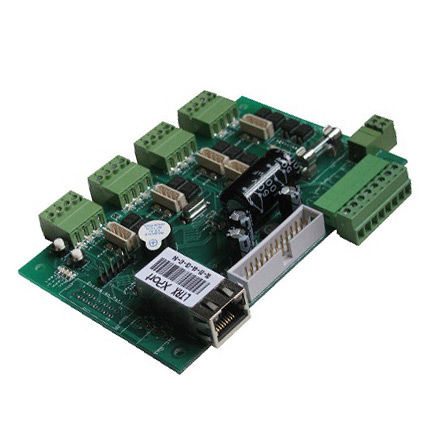

Exploring Grey Float Glass A Versatile Material in Modern Architecture
In the realm of contemporary architecture and design, materials play a pivotal role in shaping not only the aesthetic appeal of structures but also their functionality. One such material that has gained popularity in recent years is grey float glass. Known for its sleek appearance and practical advantages, grey float glass is becoming a go-to option for architects and designers alike. This article delves into the characteristics, applications, and benefits of grey float glass, highlighting why it is a preferred choice in modern construction.
Grey float glass is a type of flat glass that is produced by the float process, wherein molten glass is floated on a bed of molten tin. This method ensures a uniform thickness and high optical quality, making it an ideal choice for a variety of applications. The glass appears grey due to the addition of iron oxide during production, which not only influences its color but also its inherent properties.
One of the standout features of grey float glass is its ability to provide privacy while allowing natural light to filter through. This makes it an excellent option for applications such as office buildings and commercial spaces where privacy is essential, yet an open, airy feel is desired. The soft grey tint of the glass can also help reduce glare from direct sunlight, creating a more comfortable environment for occupants.
Moreover, grey float glass is often utilized in residential architecture
. Homeowners increasingly seek innovative ways to enhance the aesthetics of their living spaces, and grey float glass offers a modern touch that complements various design styles. Whether used in windows, doors, or facades, it creates a seamless connection between the indoor and outdoor environments. Its neutral tone can blend harmoniously with both traditional and contemporary designs, making it a versatile choice for any home.
The thermal performance of grey float glass is another significant advantage. When combined with low-emissivity (Low-E) coatings, it can significantly reduce heat transfer, leading to improved energy efficiency. Buildings equipped with high-performance glass not only benefit from reduced energy costs but also contribute to a more sustainable environment. This characteristic aligns with the growing trend toward eco-friendly construction practices, making grey float glass an attractive option for builders aiming to minimize their carbon footprint.
In addition to its aesthetic and functional benefits, grey float glass is also valued for its safety features. When broken, it shatters into small, blunt pieces rather than sharp shards, reducing the risk of injury. This quality makes it particularly suitable for use in public spaces as well as in residential settings where safety is paramount. Furthermore, grey float glass can be treated to enhance its strength and impact resistance, offering an added layer of protection.
The versatility of grey float glass extends beyond its use in windows and facades. It is increasingly being integrated into interior design elements such as partitions, railings, and furniture. The sleek and modern appearance of grey glass can elevate the overall aesthetic of a space while also providing practical solutions. For instance, transparent grey glass partitions can effectively delineate spaces without making them feel enclosed, fostering an open and collaborative atmosphere in workplaces.
In conclusion, grey float glass is a multifaceted material that has captured the attention of architects, designers, and homeowners alike. Its appealing aesthetics, coupled with energy efficiency and safety features, make it an exceptional choice for a wide range of applications in both residential and commercial settings. As the demand for sustainable and innovative building materials continues to rise, grey float glass stands out as a prime example of how modern materials can enhance architectural design while meeting the needs of contemporary society. With its ability to blend functionality with style, grey float glass is poised to remain a key player in the future of architecture and design.